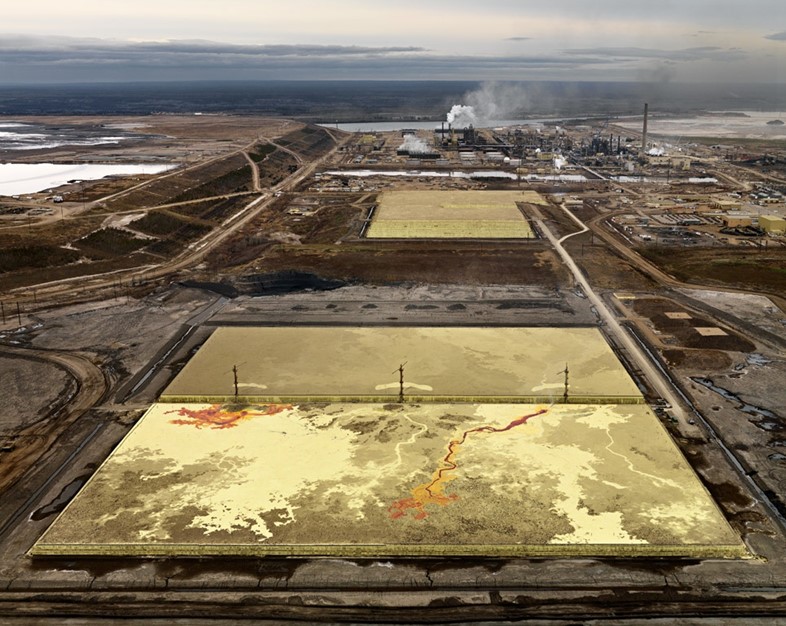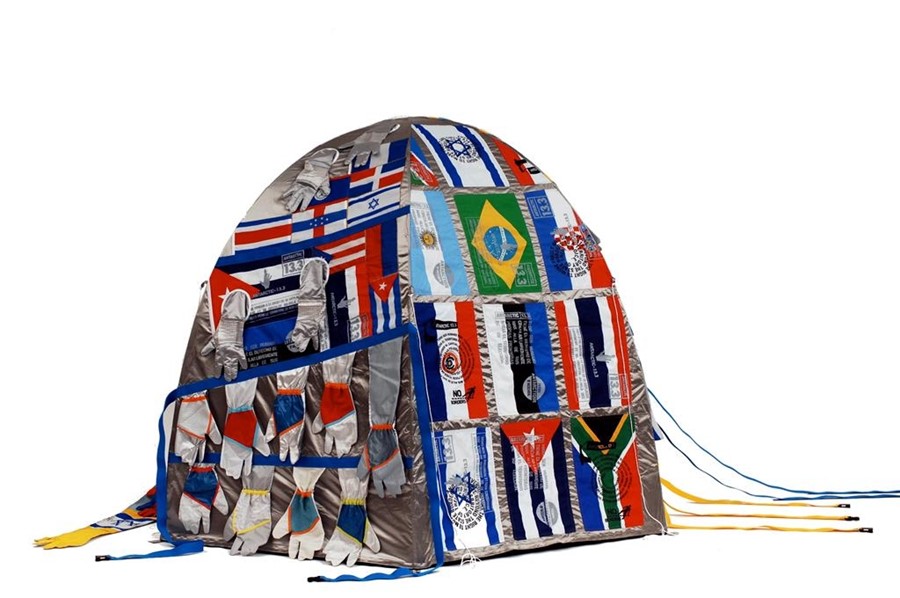Summary
CO2… CH4… N2O... O3… one of the problems with greenhouse gases is the fact that we can’t see them, except as letters and numbers representing molecular bonds. Visualising what is slowly happening to our upper atmosphere takes imagination: millions of parts per billion adding up slowly and inexorably; trillions of beams of the sun’s photons entering our atmosphere at the speed of light, reflecting off the ice, or meeting a dark and slowly warming sea; A drip – dripping until we reach a tipping point.
In the absence of a directly observable culprit, media and art have searched instead for icons of our times, the former settling on lone polar bears, Maldivian atolls and factory smokestacks: what’s at stake and who’s to blame. The artistic response – showcased in a new exhibition at the Royal Academy in London – has explored the way we imagine climate change in a different way.
Much of it has evolved around the Arctic and Antarctic – emblems, litmus papers and front lines in the battle – thanks to expeditions like Cape Farewell, which have sent artists, musicians and photographers out into the white unknown to try to capture the essence of what’s happening. Lucy and Jorge Orta are two such artists. They travelled to Antarctica in 2007 aboard a Hercules KC130 to create Antarctic Village – No Borders. "It’s a symbol of the plight of those struggling to transverse borders and to gain the freedom of movement necessary to escape political and social conflict," explains their artists' statement. "Dotted along the ice, the domes formed a settlement reminiscent of the images of refugee camps we see so often reported about on our television screens and newspapers. Together the flags and fragments of identities are emblazoned with silkscreen motifs referencing the UN Declaration for Human Rights freedom of movement, represent a physical embodiment of a new 'Global Village'."

At the other end of the spectrum are Edward Burtynsky’s starkly surreal photographs of the earth’s industrial superstructure – direct, real, scary and bluntly named. Alberta Oil Sands #6, Fort McMurray, Alberta, Canada shows exactly that – one of the biggest blights on our planet’s surface, and one that is simultaneously responsible for both carbon emissions and the destruction of wilderness. Like his other large-scale works, the Oil series makes no comment or offers no judgment on the subject – it doesn’t need to.
Earth: Art of a Changing World runs until January 31, 2010 at the Royal Academy of Arts.
super/collider is a London-based collective dedicated to exploring science in new ways, be it through writing, events, products or special projects
